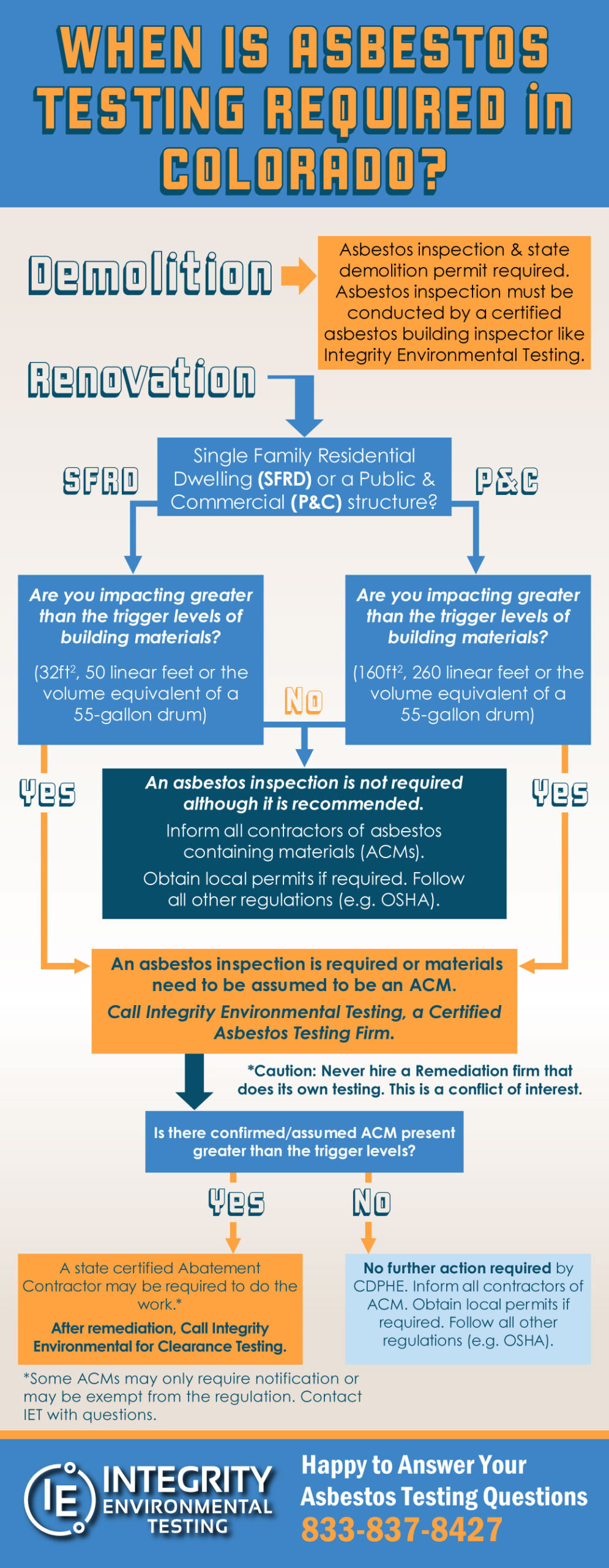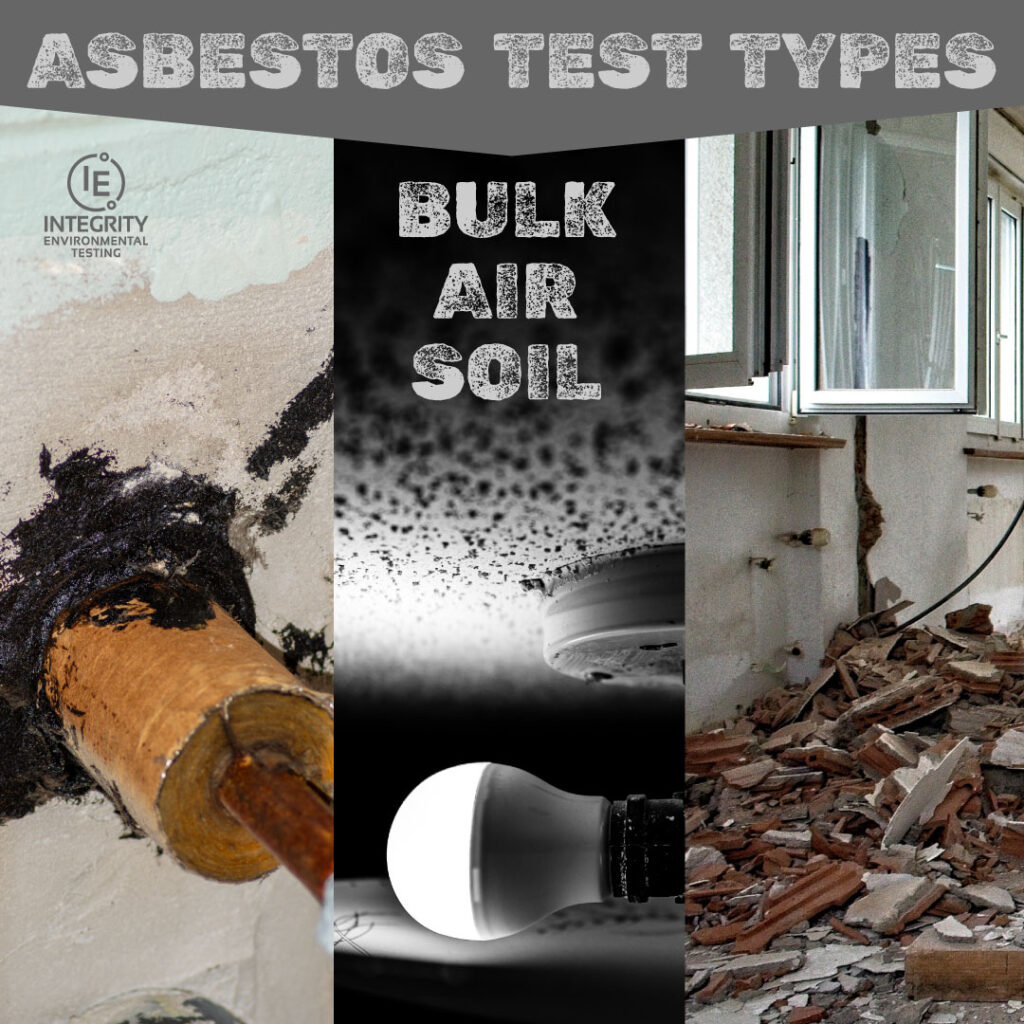When homeowners discover asbestos in their properties, the immediate reaction is often one of alarm and urgency to remove it. However, removal is not always the only or even the best option in every situation. Understanding the various approaches to managing asbestos is crucial for making informed decisions that ensure health and safety without unnecessary risks or costs.
Understanding Asbestos and Its Risks
Asbestos is a naturally occurring mineral that was widely used in construction for its heat resistance, strength, and insulating properties.
Common places you might find asbestos include:
- Asbestos Insulation: Often found in older homes, particularly in attics and walls.
- Popcorn Ceilings: A popular ceiling finish in the mid-20th century that frequently contains asbestos.
- Asbestos Tiles and Siding: Used in flooring and exterior cladding.
When asbestos-containing materials are disturbed, they release fibers into the air that can be inhaled, leading to serious health issues such as lung cancer, mesothelioma, and asbestosis. Given these risks, any approach to handling asbestos must prioritize safety.
Options Beyond Removal
Encapsulation
- What It Is: Encapsulation involves applying a sealant to the asbestos-containing material to prevent fibers from becoming airborne.
- Benefits: This method can be less disruptive and costly than removal. It’s particularly useful for materials in good condition where disturbance is unlikely.
- Drawbacks: Encapsulation does not remove the asbestos but rather contains it. If the material is later disturbed, the risk remains.
Enclosure
- What It Is: Enclosure involves constructing an airtight barrier around the asbestos-containing material.
- Benefits: This method is effective in preventing exposure and can be a permanent solution if the material is unlikely to be disturbed.
- Drawbacks: Enclosure can be complicated and costly, depending on the size and location of the asbestos material.
Regular Monitoring
- What It Is: In some cases, simply monitoring the asbestos-containing material for any signs of deterioration can be an effective strategy.
- Benefits: This approach minimizes disruption and cost, as long as the material remains undisturbed and in good condition.
- Drawbacks: Regular inspections are required, and there is always a risk of accidental disturbance.
Asbestos Legal and Safety Considerations
In Colorado, strict regulations govern the handling of asbestos. According to Regulation 8, a certified asbestos inspector must assess any property before renovation or demolition work begins. Homeowners and contractors must understand these legal requirements to avoid severe penalties, including fines up to $25,000 per day and potential criminal charges for non-compliance.
When is Asbestos Testing Required in Colorado?

When is Asbestos Removal Necessary?
There are scenarios where asbestos removal is the only viable option:
- Damaged Asbestos: When asbestos-containing materials are deteriorating or have been damaged, they pose a high risk of releasing fibers into the air.
- Renovation and Demolition: If the planned work will disturb the asbestos-containing materials, removal is typically required to prevent exposure.
Professional Asbestos Testing and Consulting
Given the complexity and risks associated with asbestos, professional testing and consulting are essential. Integrity Environmental Testing & Consulting, certified by the Colorado Department of Public Health and Environment, offers comprehensive asbestos testing services. We help homeowners and contractors understand their options and comply with all regulations.
Asbestos removal is not always the only or best option. Encapsulation, enclosure, and regular monitoring can be effective alternatives depending on the situation. However, understanding when removal is necessary and ensuring compliance with legal requirements is crucial. Your safety and peace of mind are our top priorities.

For Professional Advice and Testing


